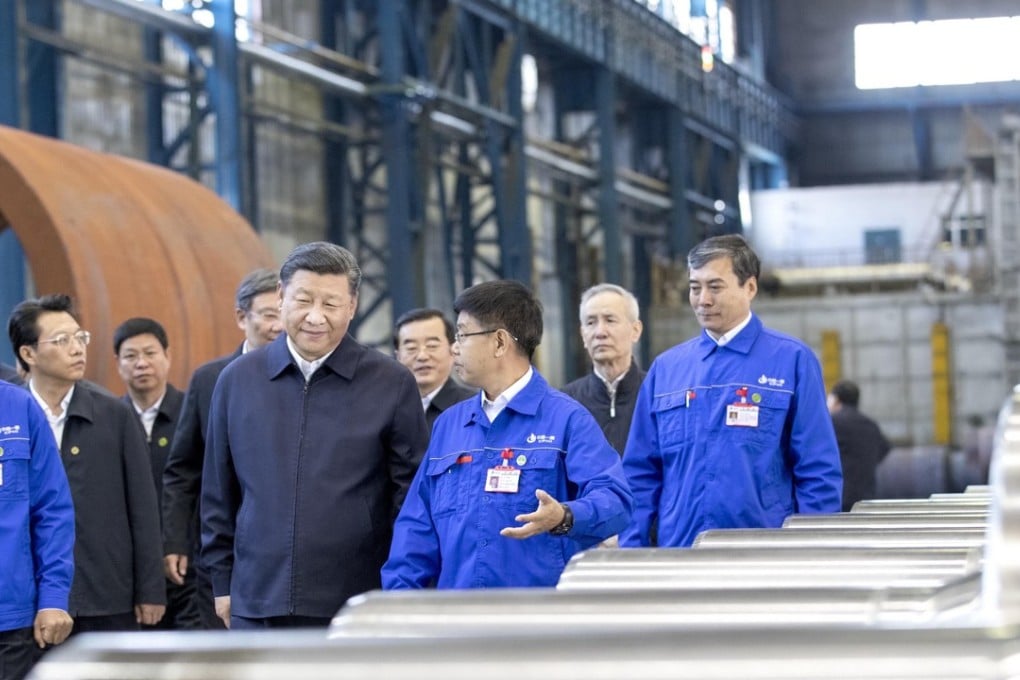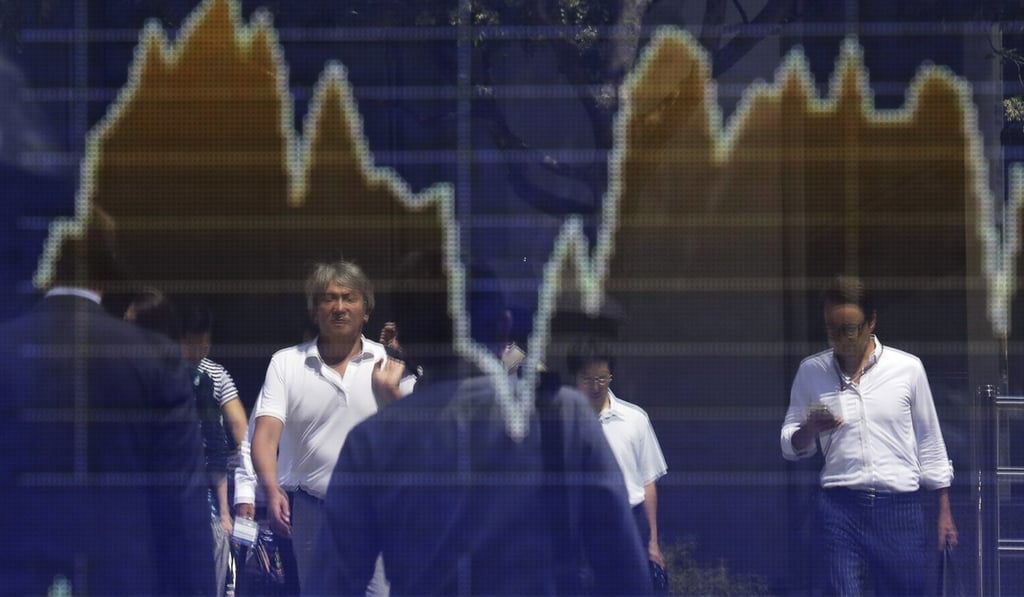Macroscope | Deleveraging is the wrong way to fix China’s economy, when it doesn’t even have a debt problem
- Chen Zhao says Beijing has embraced the mistaken view that China’s economy is overleveraged. A large part of China’s high debt-to-GDP ratio is actually cheap credit given to the state sector. In fact, the private economy is underleveraged

The Chinese economy has been characterised by a stop-go pattern and policy flip-flops since 2010: a period of strengthening growth is always followed by a bout of monetary and fiscal tightening, which invariably leads to a growth slump and forces the government to reverse policy again.
The root cause of this curious economic back-and-forth is that the Chinese government has fully embraced the popular view that the economy is overleveraged. Thus, whenever business activity is strengthening, Beijing always quickly curtails credit creation to deleverage the economy, and it always backfires.

While the United States allocates 70 per cent of its financial resources via its equity markets, most Asian and European economies rely primarily on banks for financial intermediation. This means that countries with very high savings rates will have significantly higher gross debt-to-GDP ratios than economies with lower savings rates.
In fact, there is a well-defined positive correlation between the indebtedness of an economy and its savings rate. For example, Japan, Singapore and South Korea all have very high levels of debt but have also had extraordinarily high savings rates for a long time. Importantly, these economies rely primarily on commercial banks or bond markets to allocate domestic savings. As a result, these high-savings economies have all amassed very high gross debt-to-GDP ratios.
